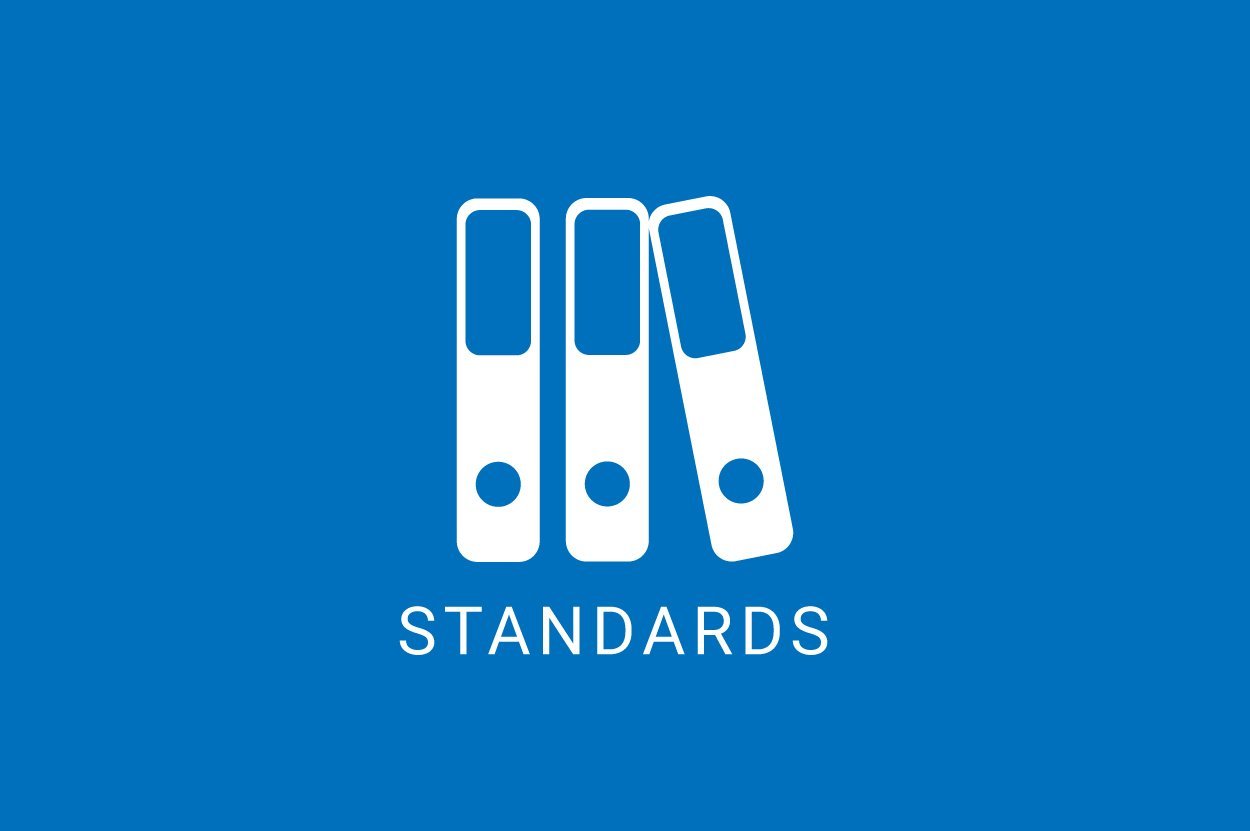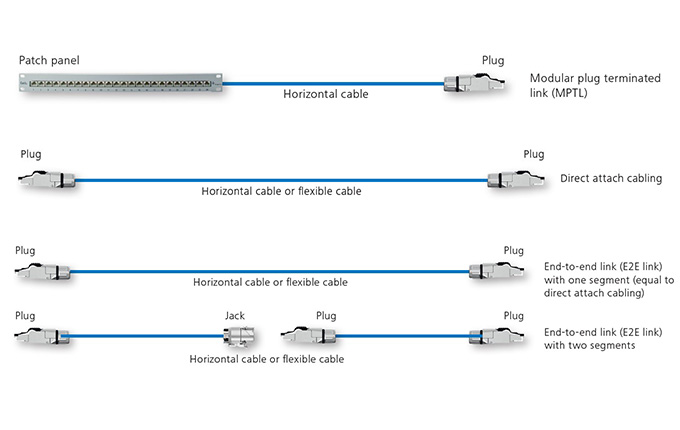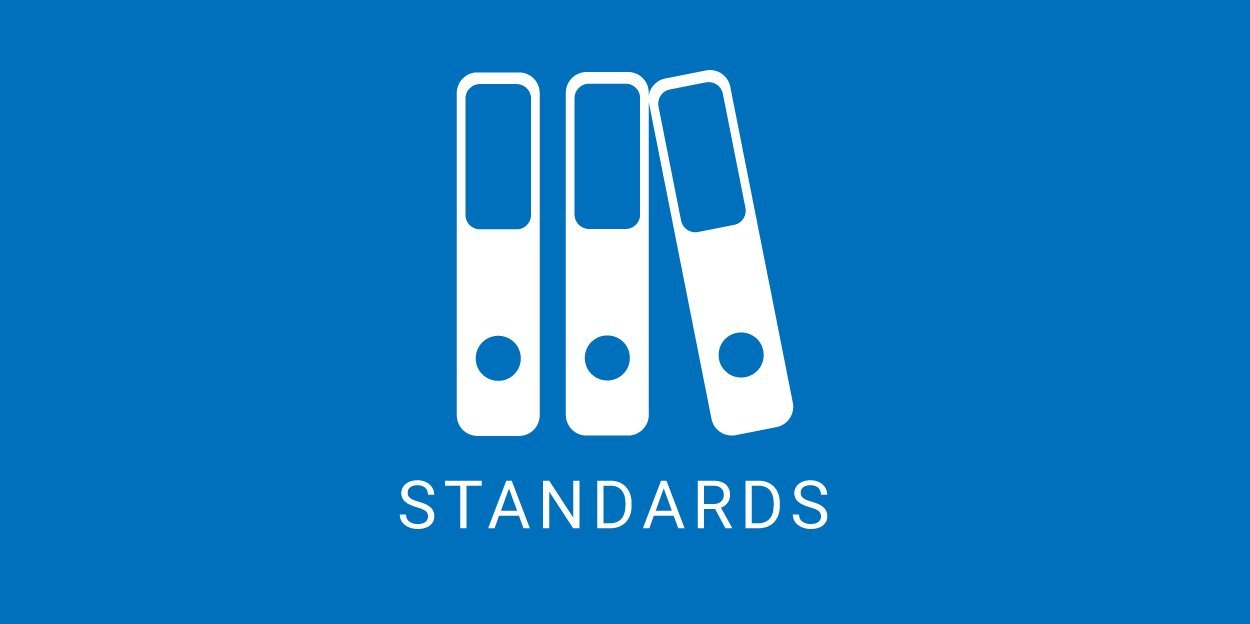What has to be tested according to standards?

When it comes to testing, different cabling standards have different requirements what has to be tested. Read on to learn about the test parameters recognized by the standards.
To come straight to the point: Neither EN 50173-1:2018-10 nor ISO/IEC 11801-1:2017 nor TIA-568.2-D demand link or channel test. EN 50173-1:2018-10 and ISO/IEC 11801-1:2017-11 recommend testing when
- a link is longer than specified by the standard
- a link consists of more components than specified by the standard
- a link has more than one patch cord on one end
- a link contains components with lower transmission performance than specified by the standard
- one wants to evaluate whether a link is suitable for a certain application
- the performance of the cabling has to be proven (which is important for the acceptance of an installation).
EN 50174-1:2018-10 recommends link tests a acceptance test of the cabling.
So, to test or not to test has to be agreed upon. In case of testing, the relevant test parameters can be found in the following standards:
- EN 50173-1:2018-10, Anhang I
- EN 50174-1:2018-10, Anhang F
- ISO/IEC 11801-1:2017, Annex A
- TIA-1152-A, chapters 4.2.1 and 4.7.3
Parameter | has to be tested according to | |
EN 50173-1:2018-10 / | ISO/IEC 11801-1: 2017 | |
Wire map | yes / yes | yes |
Length | optional, nur zur Information (gemäß beider Normen) | optional, nur zur Infor-mation |
Propagation delay | yes / yes | yes |
Delay skew | yes / yes | yes |
DC loop resistance | yes / yes | yes |
DC resistance unbalance | optional / yes | optional |
DC resistance unbalance between pairs | optional / yes | optional |
Impedance | no / no | no |
Insertion loss (IL) | yes / yes | yes |
Return loss (RL) | yes / yes | yes |
CMRL | no / no | no |
TCL | optional / no | optional |
ELTCTL | optional / no | optional |
Coupling attenuation | optional / no | optional |
NEXT | yes / yes | yes |
FEXT | no / no | no |
CDNEXT | no / no | no |
PSNEXT | yes / yes | yes |
ACR-N | yes / yes | yes |
PSACR-N | yes / yes | yes |
ACR-F | yes / yes | yes |
PSACR-F | yes / yes | yes |
PSANEXT | yes / yes | yes |
PSANEXTavg | yes / yes | yes |
PSAACR-F | yes / yes | yes |
PSAACR-Favg | yes / yes | yes |
Test parameters according to EN and ISO/IEC.
Not all test parameters are specified for all cabling classes. To give an example: PSANEXT is specifed for class EA links and above. Modern cabling testers automatically select the appropriate parameters depending on the particular test procedure.
Depending on the tester, testing of certain parameters can be enabled and disabled manually. A quick glance at the tester’s manual might help.
The next episode focuses on what has to be in a test protocol.
This series is based on a German specialist book on testing twisted pair cabling by Dirk Traeger.
Contact
Dirk Träger





